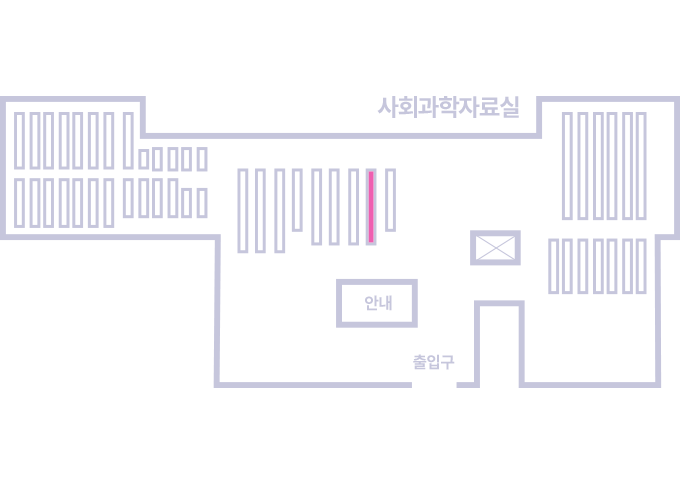권호기사보기
| 기사명 | 저자명 | 페이지 | 원문 | 기사목차 |
|---|
| 대표형(전거형, Authority) | 생물정보 | 이형(異形, Variant) | 소속 | 직위 | 직업 | 활동분야 | 주기 | 서지 | |
|---|---|---|---|---|---|---|---|---|---|
| 연구/단체명을 입력해주세요. | |||||||||
|
|
|
|
|
|
* 주제를 선택하시면 검색 상세로 이동합니다.
표제지
목차
Ⅰ. 서론 9
1.1. 연구 배경 9
1.2. 연구 목적 11
1.3. 이론적 배경 12
1.3.1. 트랙터 변속기 12
1.3.2. 기어 강도 설계 13
1.3.3. 기어 손상 유형 16
1.3.4. 기어 강도 해석 19
Ⅱ. 재료 및 방법 26
2.1. 공시 트랙터 26
2.2. 포장시험 29
2.3. 기어 손상 분석 31
2.3.1. 부변속 A단 31
2.3.2. 부변속 B단 32
2.4. 기어 재질 변경 34
2.5. 시뮬레이션 해석 34
2.5.1. 시뮬레이션 모델링 34
2.5.2. 시뮬레이션 해석 조건 37
2.6. 차축 부하 다이나모 시험 38
2.6.1. 가속 수명 시험 38
2.6.2. 차축 다이나모 시험 장치 구성 40
2.6.3. 차축 다이나모 시험 조건 42
Ⅲ. 결과 및 고찰 45
3.1. 시뮬레이션 모델 개발 및 검증 45
3.2. 재질 변경에 따른 시뮬레이션 해석 결과 48
3.2.1. 부변속 A단 48
3.2.2. 부변속 B단 51
3.3. 차축 다이나모 시험 결과 55
3.3.1. 부변속 A단 55
3.3.2. 부변속 B단 56
3.4. 기어 수명 해석 결과 비교 57
Ⅳ. 결론 및 요약 59
LIST OF REFERENCES 61
ABSTRACT 66
Figure 1. Power flow of tractor for agricultural transmission 12
Figure 2. Gear wear 16
Figure 3. Gear plastic flow 17
Figure 4. Gear pitting 18
Figure 5. Gear breakage 19
Figure 6. A photo of 86 kW class agricultural tractor for field test used in this study 26
Figure 7. 3D model of agricultural tractor transmission used in this study 28
Figure 8. Power flow of agricultural tractor transmission used in this study 28
Figure 9. C type method for agricultural field operation used in this study 30
Figure 10. Results of field test for range shift A gear of 86 kW class agricultural tractor 31
Figure 11. View of gear plastic flow by stages 32
Figure 12. Results of field test for range shift B gear of 86 kW class agricultural tractor 33
Figure 13. Determination of normal chordal dimensions of tooth root critical section for ISO 6336 : Method B (external gears) 33
Figure 14. KISSsoft interface used in this study 35
Figure 15. Inverse power model 39
Figure 16. Configuration of the axle dynamometer system used in this study 41
Figure 17. A photo of the axle dynamometer test of 86 kW class agricultural tractor used in this study 42
Figure 18. Engine performance diagram of 86 kW class agricultural tractor 43
Figure 19. Simulation model of transmission for 86 kW class agricultural tractor transmission used in this study 45
Figure 20. Results of bending safety factor for transmission of 86 kW class agricultural tractor transmission 46
Figure 21. Results of contact safety factor for transmission of 86 kW class agricultural tractor transmission 47
Figure 22. Results of safety factor for range shift A driving gear of 86 kW class agricultural tractor transmission 48
Figure 23. Results of safety factor for range shift A driven gear of 86 kW class agricultural tractor transmission 50
Figure 24. Results of safety factor for range shift B driving gear of 86 kW class agricultural tractor transmission 52
Figure 25. Results of safety factor for range shift B driven gear of 86 kW class agricultural tractor transmission 54
Figure 26. Results of dynamometer test for range shift A gear of 86 kW class agricultural tractor transmission 56
Figure 27. Results of dynamometer test for range shift B gear of 86 kW class agricultural tractor transmission 57
*표시는 필수 입력사항입니다.
| 전화번호 |
|---|
| 기사명 | 저자명 | 페이지 | 원문 | 기사목차 |
|---|
| 번호 | 발행일자 | 권호명 | 제본정보 | 자료실 | 원문 | 신청 페이지 |
|---|
도서위치안내: / 서가번호:

우편복사 목록담기를 완료하였습니다.
*표시는 필수 입력사항입니다.
저장 되었습니다.